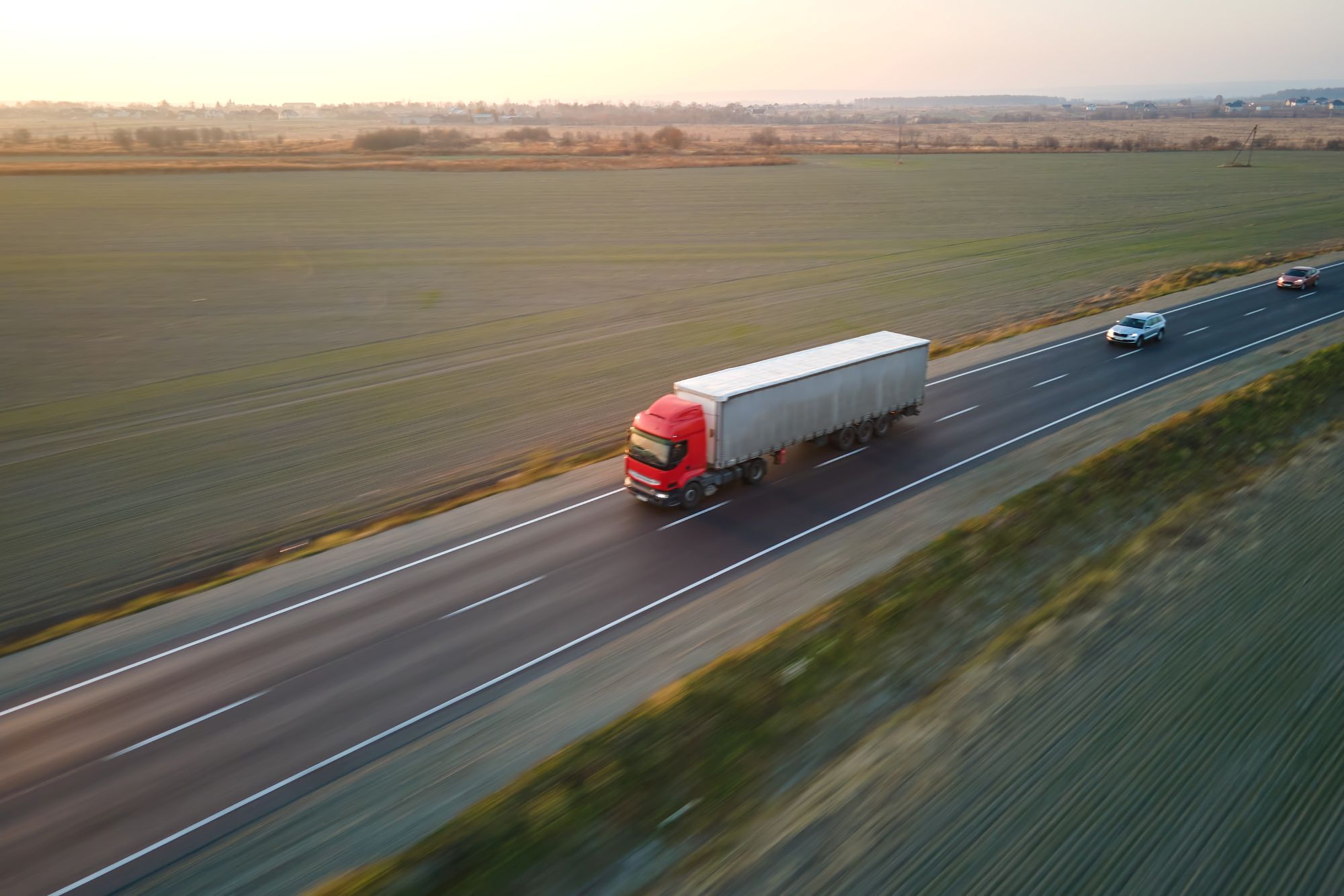
Susie Jones
Все, что вам нужно знать о системе въезда/выезда в ЕС
Создано: 14.10.2024
•
Обновлено: 14.10.2024
Запланированный на ноябрь, но отложенный из-за проблем, ЕС введет систему въезда/выезда (EES). EES изменит требования к британским гражданам, путешествующим в Шенгенскую зону, и обяжет всех, у кого есть паспорт Великобритании, регистрировать биометрические данные, например отпечатки пальцев или фотографию. EES заменит ручное проставление штампов в паспортах при въезде в ЕС. Мы собрали все, что вам нужно знать в преддверии этих изменений.
Что EES требует от путешественников?
Любая страна, использующая EES, потребует от путешественников следующую информацию:
Место въезда и выезда
Дата въезда и выезда
Проездные документы.
Какие преимущества?
EES обладает следующими преимуществами:
Он модернизирует управление внешними границами ЕС, улучшая впечатления путешественников.
EES борется с мошенничеством с использованием биометрических данных.
Она позволяет выявлять нарушителей и предоставляет достоверные данные о въездах, выездах и отказах.
Улучшение пограничного контроля, электронные записи и биометрические данные укрепят безопасность внутри ЕС.
Он обеспечивает обмен информацией в режиме реального времени, позволяя пограничным службам по всему ЕС видеть правильную информацию в нужное время.
Что вас беспокоит?
В долгосрочной перспективе новая система EES упорядочит работу и принесет пользу путешественникам из стран, не входящих в ЕС. Однако вокруг новой системы существует ряд опасений:
По крайней мере три страны ЕС не полностью готовы к запуску.
Некоторые страны могут оказаться не в состоянии внедрить передовую биометрическую систему.
В порту Дувра - одном из самых оживленных в Великобритании - не было проведено надлежащего тестирования системы.
Первый запуск может привести к увеличению задержек на пограничных пунктах.
Дальнейшие задержки с официальным запуском EES могут устранить некоторые из этих опасений.
Британские операторы грузовых автомобилей выразили обеспокоенность по поводу ограничения на поездки в Шенгенскую зону в течение 90 дней из 180 - поддержание регулярных деловых операций на территории ЕС может стать сложной задачей. Автопарки с водителями, не являющимися гражданами ЕС, могут столкнуться с ограничениями на поездки или штрафами в случае превышения лимита.
Как автопарки и водители могут подготовиться?
Автопарки и водители не так уж много могут сделать для подготовки к переходу на новую систему - в основном это будет происходить лично в порту. Однако автопарки и водители могут принять следующие меры для обеспечения плавного перехода:
При бронировании билетов убедитесь, что у вас есть вся необходимая информация до прибытия в порт.
Знайте, чего ожидать по прибытии - практические различия означают, что в разных местах процесс будет отличаться.
Оставьте достаточно времени для прохождения предпутешественнических формальностей, особенно если вы отправляетесь в поездку близко к дате ее начала.

Какие страны будут использовать EES?
Следующие страны будут использовать EES:
Австрия, Бельгия, Болгария, Хорватия, Чехия, Дания, Эстония, Финляндия, Франция, Германия, Греция, Венгрия, Исландия, Италия, Латвия, Лихтенштейн, Литва, Люксембург, Мальта, Нидерланды, Норвегия, Польша, Португалия, Румыния, Словакия, Словения, Испания, Швеция, Швейцария.
В каких случаях ЕЭС не применяется?
Существует несколько исключений из новой системы EES:
Граждане стран, использующих EES (включая Кипр и Ирландию).
Граждане стран, не входящих в ЕС, состоящие в близком родстве с гражданином ЕС. Они должны иметь карту резидента.
Любой гражданин не-ЕС, имеющий карту резидента или вид на жительство, непосредственно связанный с гражданином не-ЕС, может путешествовать по Европе как гражданин ЕС.
Граждане с видом на жительство или долгосрочной визой.
Граждане Андорры, Монако и Сан-Марино.
Люди с паспортом, выданным государством-городом Ватикан или Святым Престолом.
Лица, освобожденные от пограничного контроля (например, главы государств или работники, работающие за границей)
Граждане, имеющие действительное разрешение на движение по местной границе.
Экипажи пассажирских и товарных поездов на международных стыковочных рейсах.
Любой человек, которому не требуется пересекать внешние границы, пересекает их исключительно в пунктах пересечения границы в установленные часы работы.
Что делать, если я не предоставил свои данные?
Если вы не предоставите требуемую личную информацию, вам будет отказано во въезде в страны ЕС, использующие EES. Для автопарков это может привести к потере дохода, если их водители не предоставят соответствующую информацию.
Нужен ли мне биометрический паспорт при использовании новой ЕЭП?
В рамках новой ЕЭП принимаются как биометрические, так и небиометрические паспорта. Автоматизированные системы для пересечения границы требуют наличия биометрического паспорта.



